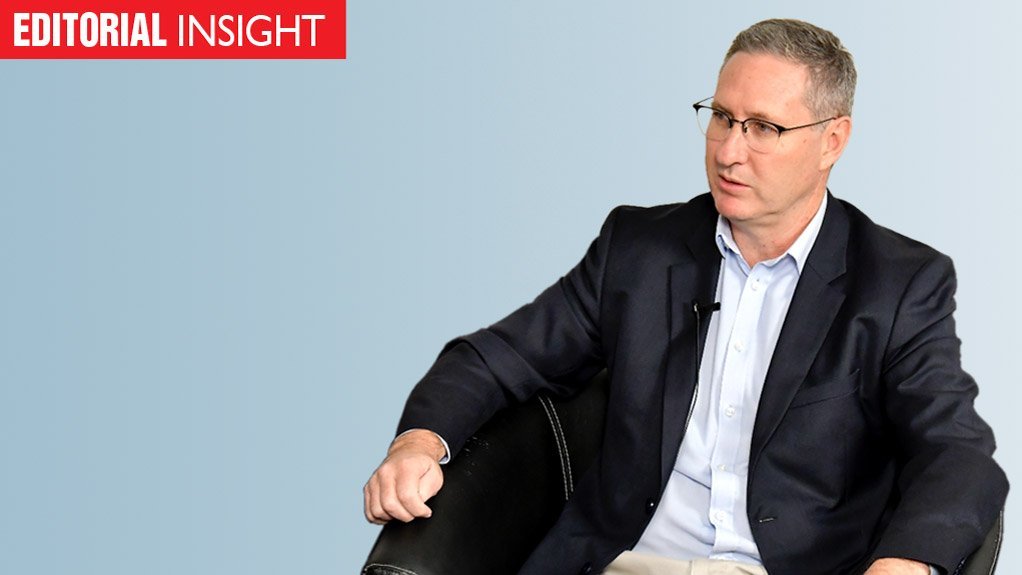The application by Eskom to preserve and reserve grid connection capacity for independent power producers (IPPs) participating in public procurement processes implemented in line with Section 34 of the Electricity Regulation Act (ERA) is not a surprise, but nevertheless raises serious questions.
The well-documented failure of Eskom to invest in grid capacity ahead of demand is the ultimate cause.
The proximate cause, however, was the disappointment, even shock, of Bid Window 6 (BW6) of the Renewable Energy Independent Power Producer Procurement Programme of 2022, when none of the 23 wind projects vying for 3 200 MW advanced to the preferred-bidder stage.
The Department of Mineral Resources and Energy (DMRE) and the Independent Power Producer Office, which launched BW7 in December after a long delay, are keen to avoid an embarrassing repeat.
Indeed, another disappointment could well signal the demise of a programme that has struggled to establish a regular rhythm since being restarted in 2020, following a long period of disruption; one triggered after the Eskom leadership of 2015 refused to signed power purchase agreements (PPAs) with new renewables generators on the false pretext that the utility had sufficient capacity of its own.
In its application, Eskom indicates that it is seeking permission to discriminate in favour of public procurement IPP projects, at the expense of private IPP projects.
This, because of a changed context precipitated by a combination of grid capacity constraints and amendments to Schedule 2 of the ERA, which have “resulted in an exponential increase in applications for grid connections from IPPs with private PPAs”.
Private IPPs, Eskom claims, are moving at a faster pace to secure grid-connection capacity compared with Section 34 IPPs, which must go through a protracted DMRE procurement process.
Eskom has already implemented Interim Grid Capacity Allocation Rules, governed by the principle of ‘first ready, first served’ rather than ‘first come, first served’, in an effort to mitigate the risk of so-called grid hogging.
However, it argues that it is also necessary to preserve/reserve available grid capacity on the network when public procurement is contemplated, or public procurement programmes will be incapable of competing with the much “more agile and well-funded” private sector energy procurement programmes.
Eskom acknowledges that such a course of action runs counter to legislative and Grid Code stipulations that presuppose open and nondiscriminatory access.
However, it argues that public-interest concerns require such discrimination to ensure the continuation of public procurement, which Eskom implies remains important to ensuring equitable future supply.
For its part, the National Energy Regulator of South Africa (Nersa) has extended the comment period to June 17 from May 25; a possible reflection of the gravity of the decision that some, on the basis of the regulator’s own consultation paper, initially believed would be confined to BW7, but which potentially has far broader application.
In light of the need for ongoing generation investment at scale, approving grid reservation without clear guardrails limiting the time and scope of such discrimination, would surely also raise serious public-interest concerns.
Edited by: Terence Creamer
Creamer Media Editor
EMAIL THIS ARTICLE SAVE THIS ARTICLE
ARTICLE ENQUIRY
To subscribe email subscriptions@creamermedia.co.za or click here
To advertise email advertising@creamermedia.co.za or click here













